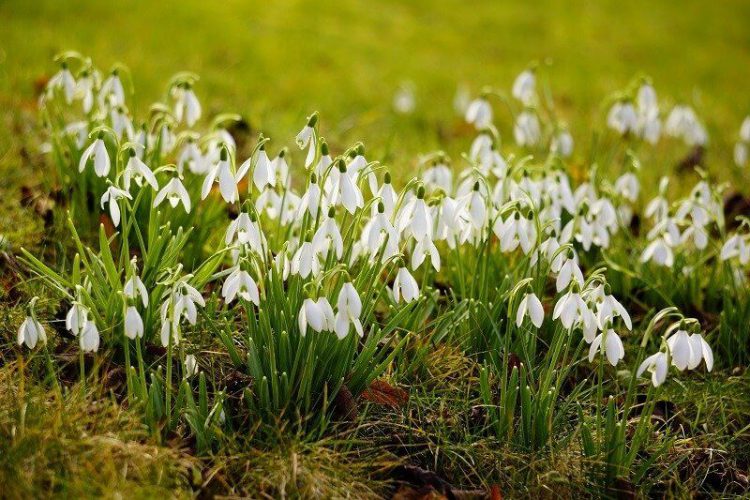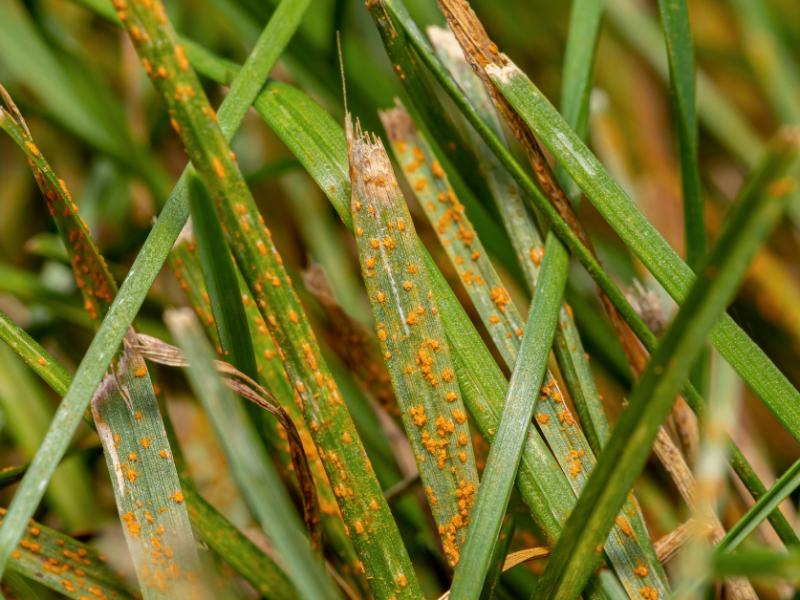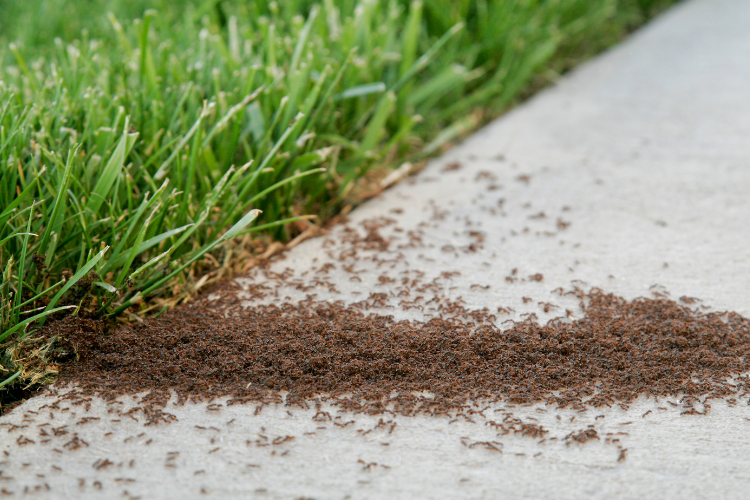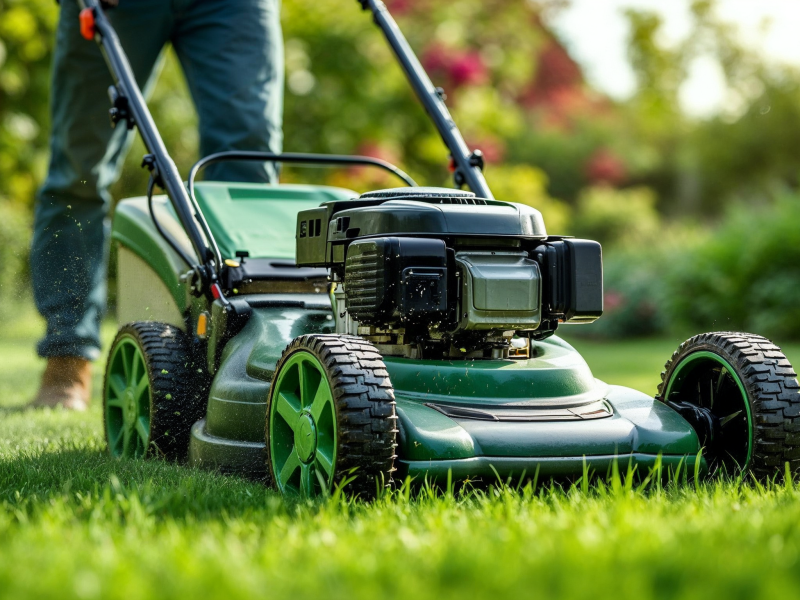February might still be a little cold, but it’s getting lighter every day and you can even spot a few bulbs beginning to push through the soil. It’s exciting to feel spring just around the corner and there’s plenty of February gardening jobs to keep you busy while you wait!
This month, there’s plenty to do to prepare for spring and make sure your garden is ready for the growing season.
Lawn Care
In February, your grass may still be dormant, but there are a few things you can do to ensure it’s ready for the growing season to come and doesn’t get damaged in the last of the winter cold.
Frost: Your lawn is naturally resilient to frost, but it’s a good idea to avoid walking on it when it’s frosty as that can cause damage to the grass.
Snow: There’s still a chance of snow in February. For the most part, your lawn should be able to cope with the snow, but it can be a good idea to clear it from your grass to prevent snow mould from developing.
Spring Care: Book a spring lawn care treatment with Greensleeves so you’re ahead of the curve. You can arrange for an expert local to you to visit your lawn in the spring and complete an extensive spring treatment, which involves applying our own specially formulated fertiliser to ‘˜spring’ your grass into the growing season.
Fruit and Vegetables
Potatoes: You can start chitting early potatoes in February. Use a module tray, or an old egg box, and place them in a bright, cool and frost-free place.
Lime Treatment: Rake lime into acidic soil to prepare for planting.
Compost vegetable beds: Prepare beds for planting in the coming months by clearing weeds and forking in plenty of compost. Cover with sheets of black plastic to keep prepared beds warm and dry ready for the spring. It’s also the ideal time to make a raised bed. These are warmer than ground level beds and can therefore be used for some early spring planting.
Prune fruit bushes: such as blackcurrants, gooseberries and redcurrants to regulate their growth.
Prune fruit trees: This is your last chance to prune pear and apple trees as this should be done while they’re dormant in the winter. Be sure to leave the pruning of plum, cherry and apricot trees until the summer though!
Force rhubarb: This is a great time to force your rhubarb so you can harvest it earlier. Cover the crown with a large upturned forcing pot or bucket to block out the light. The stems will grow to the top of the container and then are ready for harvesting — it usually means it can be harvested in around eight weeks times (three weeks earlier than normal!).
Flowers
Prune Wisteria: Cut summer side-shoots back to 2 or 3 buds.
Prune summer clematis: Prune your summer-flowering clematis back at the end of February ahead of the growing season.
Prune winter-flowering jasmine: Once it’s flowered, prune your winter jasmine to encourage new growth next year. Cut back previous growth to about 5 cm from the wood.
Cut shrubs and ornamental grasses: Cut shrubs, particularly those grown for their colour in winter, right back to their bases and cut ornamental grasses before they start growing again to just a few centimeters from the ground.
Lift snowdrops: Lift and divide snowdrops that have finished flowering but still have leaves (in the green) to create new snowdrop beds that will flourish next year.
Other Gardening Jobs
Check Tools: Check that all your tools and garden machinery are working and provide maintenance to anything that needs it.
Cut back ivy: Cut ivy and other vines to keep window sills and gutters clear. It’s well worth doing to prevent your house or sheds from damage!
Feed the birds: Keep feeding the birds as there’s still not an abundance of food around for them. Fill bird feeders with seed and hang fat balls to keep your garden birds happy before spring starts.
Install waterbutts: If you don’t already have waterbutts, it’s a great time of year to install them. Rain water is often better for your garden plants than tap water so waterbutts ensure you have a supply of water for indoor and greenhouse plants — as well as for your outdoor plants in any hot and dry months to come.
Buy bulbs and seeds: Buy your spring seeds and bulbs so you’re all set for the planting season! Onion sets, asparagus crowns, or gladioli bulbs… whatever you want to plant in the spring, you can get them in stock now.
Plan for spring: It’s a great time to plan out your beds; where you’re planting what and when you’ll need to do it. Getting organised now will help you know the quantity of seeds and bulbs to order and will be a huge help when things get busy in the coming months!





